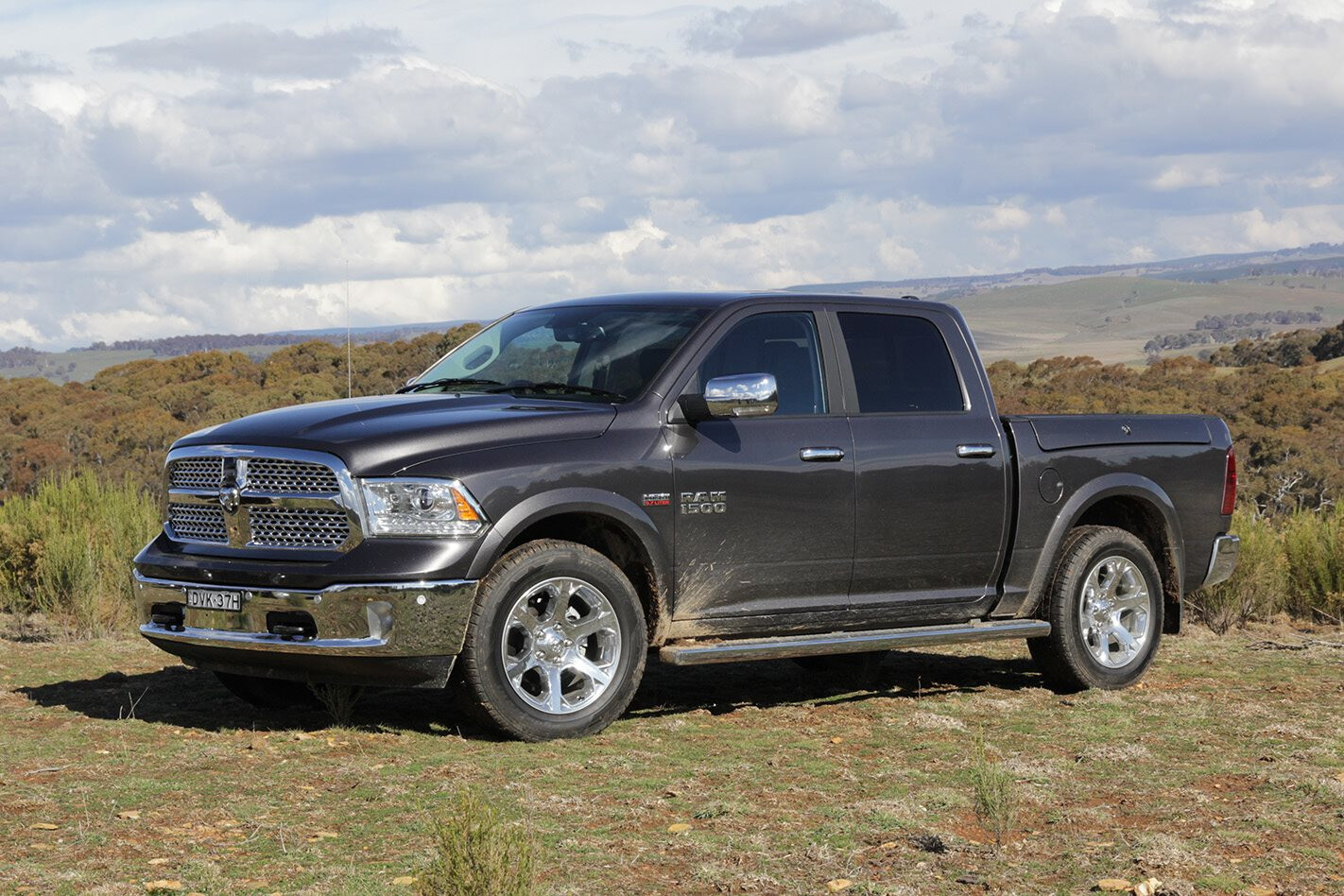
Built in Detroit, brought to Australia by factory-endorsed distributor Ateco, and locally re-manufactured in right hand-drive by Walkinshaw Automotive Group, the Ram 1500 is the little brother to the heavy duty 2500 and 3500 models already available Down Under. But ‘little’ is a relative term!
VALUE
The entry-level 1500 Express is priced from $79,950 drive away, placing it within the realm of premium offerings from some of the established players in the dual cab market, but with several key advantages including 4.5-tonne towing and a glorious 5.7-litre Hemi V8.
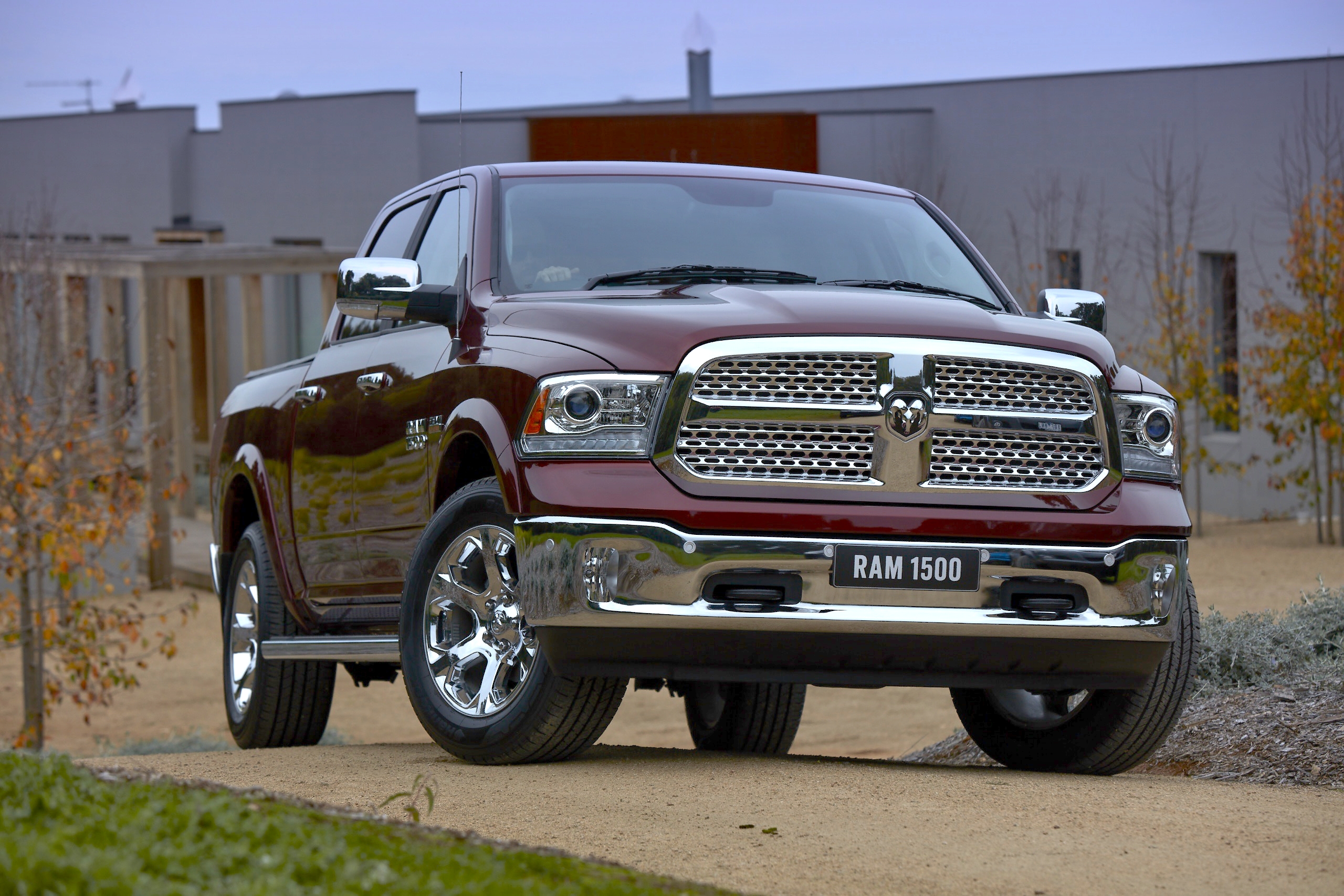
We tested the better-appointed Laramie model, which is priced from $99,950 plus on-road costs. There are several importers converting US-style pick-ups (most notably HSV and the Chevrolet Silverado), but the Ram 1500’s sub-$100K price point makes it an attractive proposition.
The Laramie has the same powertrain as the more modestly-priced Express, but it features bolder styling, a larger cabin (at the expense of tray length), a sumptuous leather interior and goodies such as a 10-speaker audio system, 10-way power-adjustable driver’s seat and dual zone climate control.
Ram claims a fuel consumption figure of 9.9L/100km on the combined cycle, achieved by implementing cylinder deactivation technology and active grille shutters to reduce aerodynamic drag. Frankly, that’s impressive for a petrol V8-powered vehicle of its size and performance. How easy that figure is to duplicate in the real world remains to be seen.
STANDARD FEATURES
One of the Ram 1500’s key advantages over its smaller competitors from Japanese and European marques is its 4.5-tonne towing capability, which is sure to be popular with caravaners, boating enthusiasts and the like. You can opt for a 3.23:1 axle ratio (as opposed to the standard 3.92:1) but that reduces the towing capacity to 3.5 tonnes – something that can be matched by more affordable and arguably more practical dual cabs. The 1500 is centred around towing, and as such comes standard with a tow bar and features like trailer sway control, and an integrated electric trailer brake controller on the Laramie.
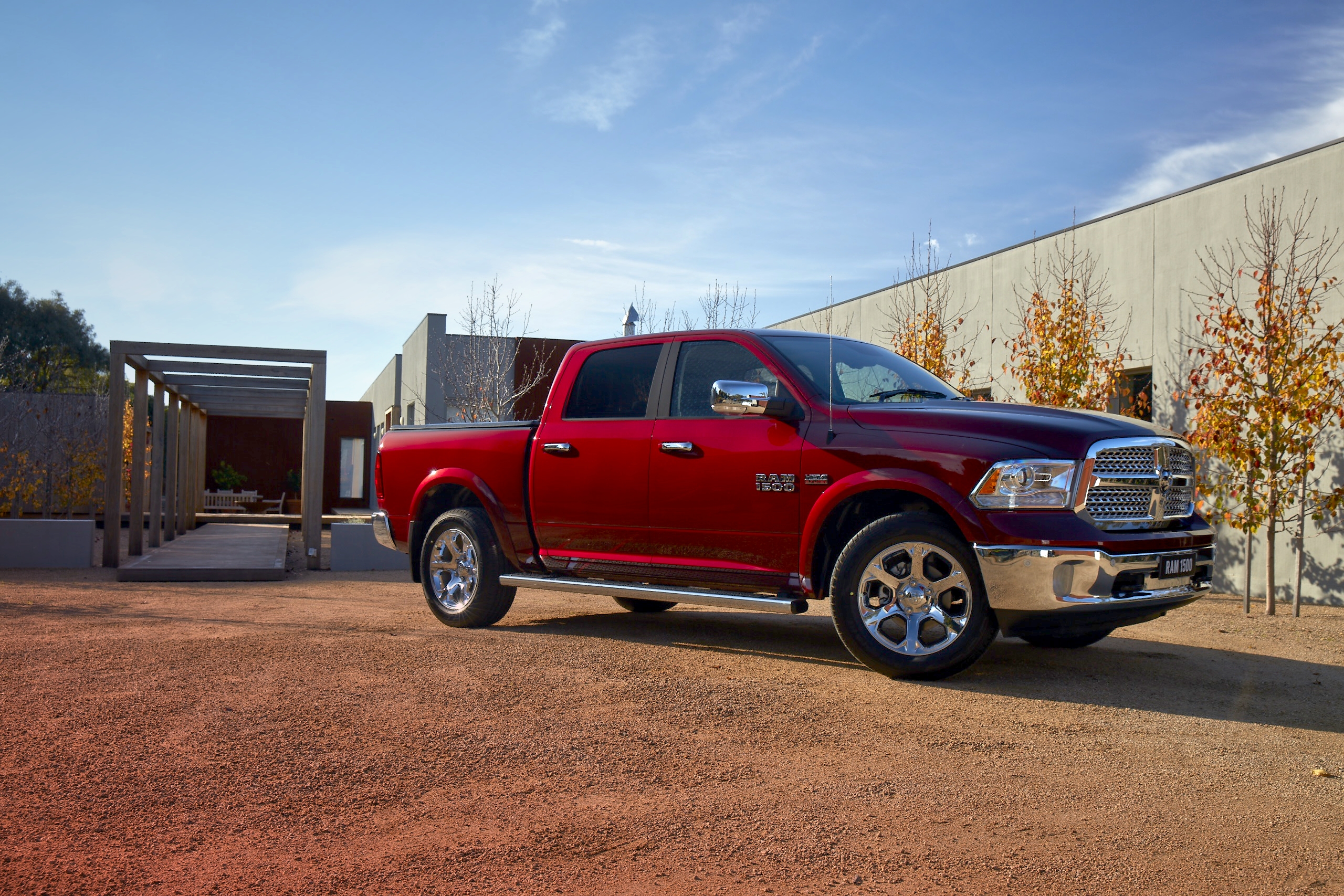
The Laramie’s cabin has a premium feel, and its large touchscreen infotainment system offers great connectivity with Apply CarPlay and Android Auto functionality, and can switch between inputs from two separate phones, which can be conveniently holstered at the base of the dash.
It also offers heated front and rear seats, steering wheel and mirrors – the sort of niceties you quickly appreciate on a frosty winter morning in Bathurst, where we tested the 1500.
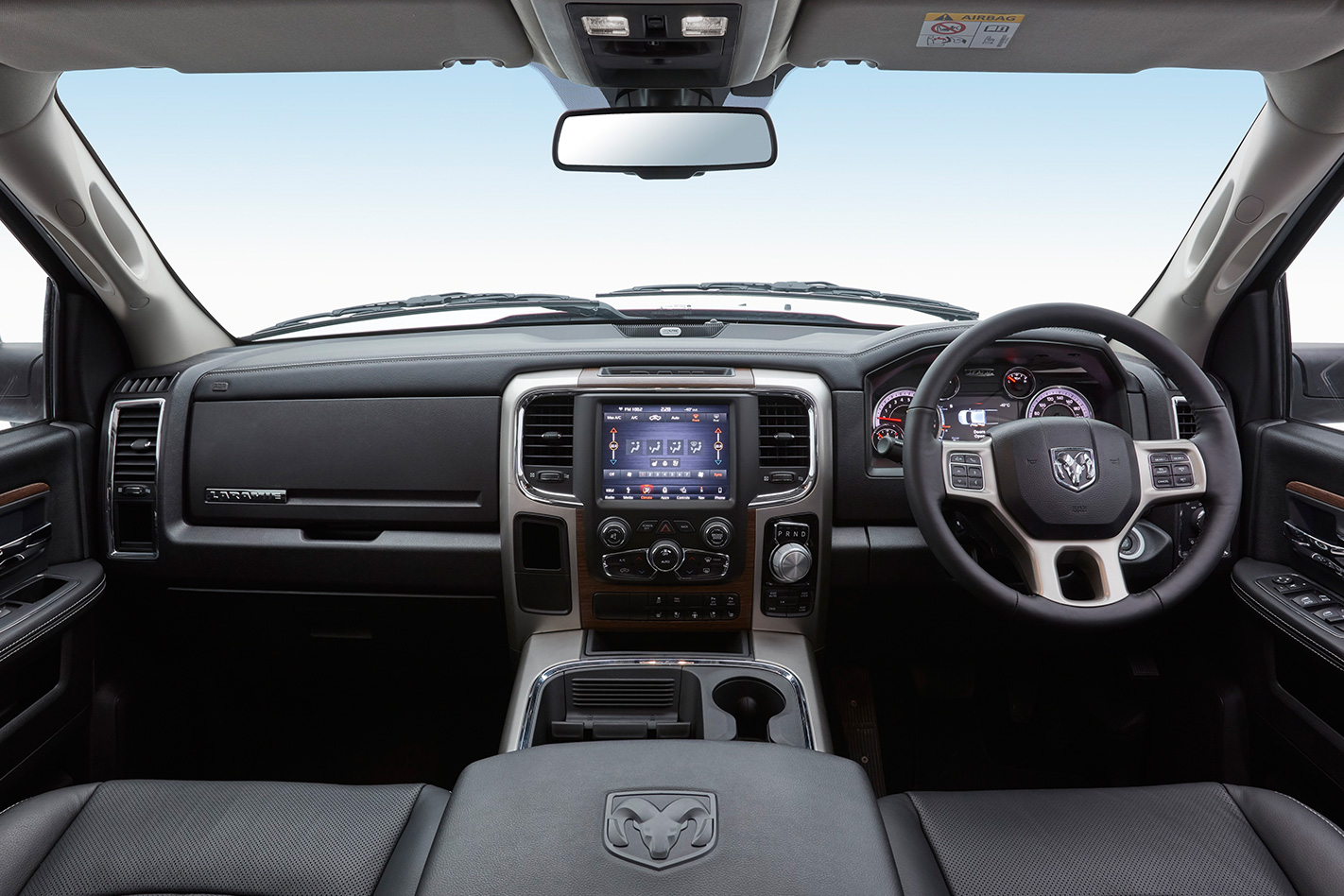
SIZE
The Ram 1500 occupies the middle ground between ‘traditional’ dual cab utes such as the Ford Ranger and Toyota HiLux, and the larger Ram 2500 and Chevrolet Silverado 2500HD.
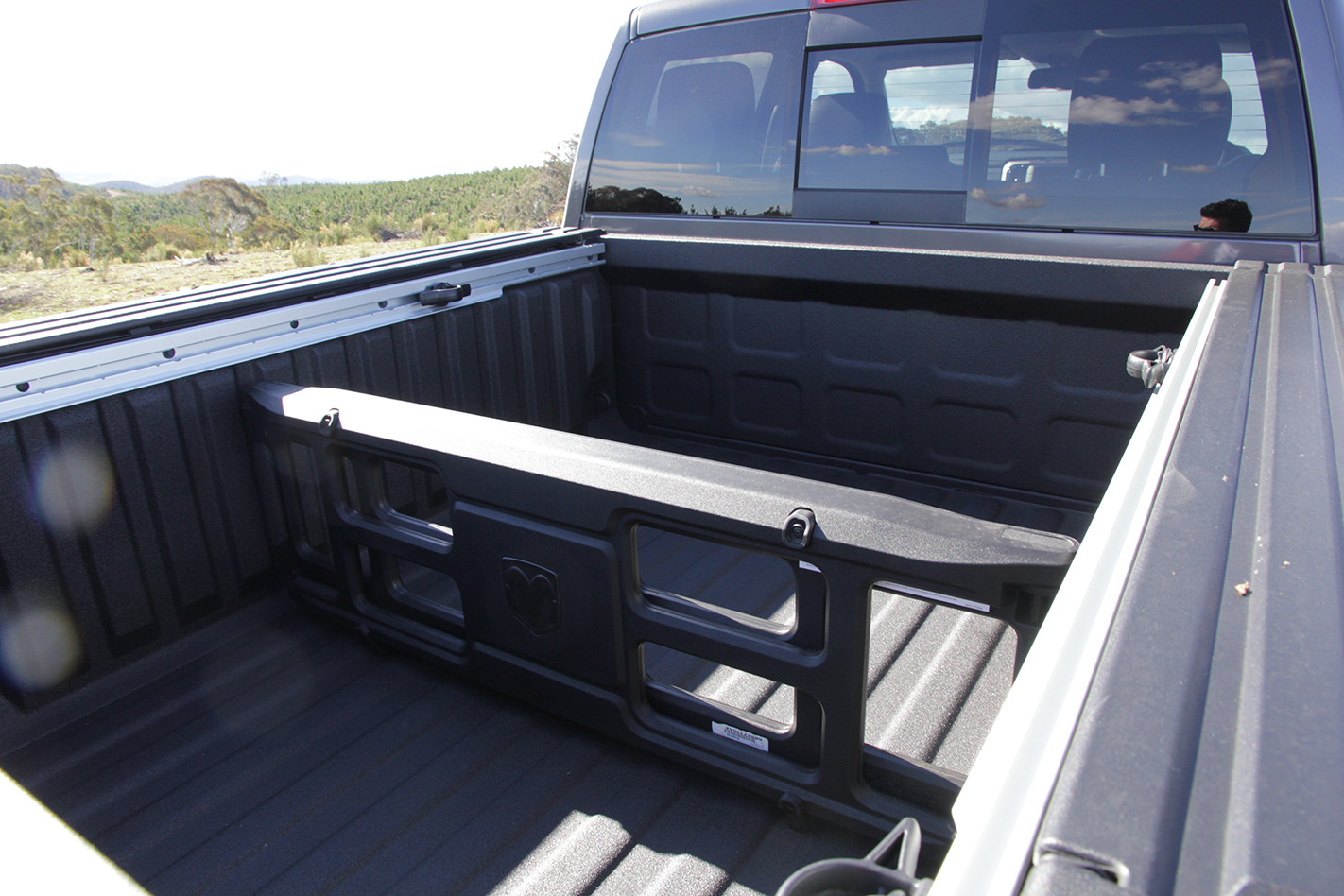
When you hop behind the wheel of the 1500 it feels far larger on the road than the Ranger and HiLux, but on the rural backroads we sampled, the 1500 quickly shrinks around you as you grow comfortable with its scale. But there’s no getting around the fact that it’s a fair lump of a ute. In urban environments it will occupy more lane space that most utes and could prove tricky to park – though the Laramie’s reversing camera and ParkSense front and rear park assist will help on that front.
SAFETY
On top of the aforementioned towing-focused safety features, the highlights of the 1500 Laramie’s safety appointments include a full complement of driver and front-seat passenger airbags, stability control, ABS, traction control, electronic brakeforce distribution and tyre pressure monitoring.
COMFORT
I’m a taller driver at 6ft 4in, so for me the 1500’s spacious cabin was a joy to occupy. The Laramie’s rear seat also offers plenty of room – somewhere other dual cab utes can be found wanting – and it was able to comfortably accommodate a… erm… larger gent such as myself. Notably, the Express (which we’re yet to sample) receives a smaller cabin, but a longer tray – 6ft 4in as opposed to 5ft 7in.
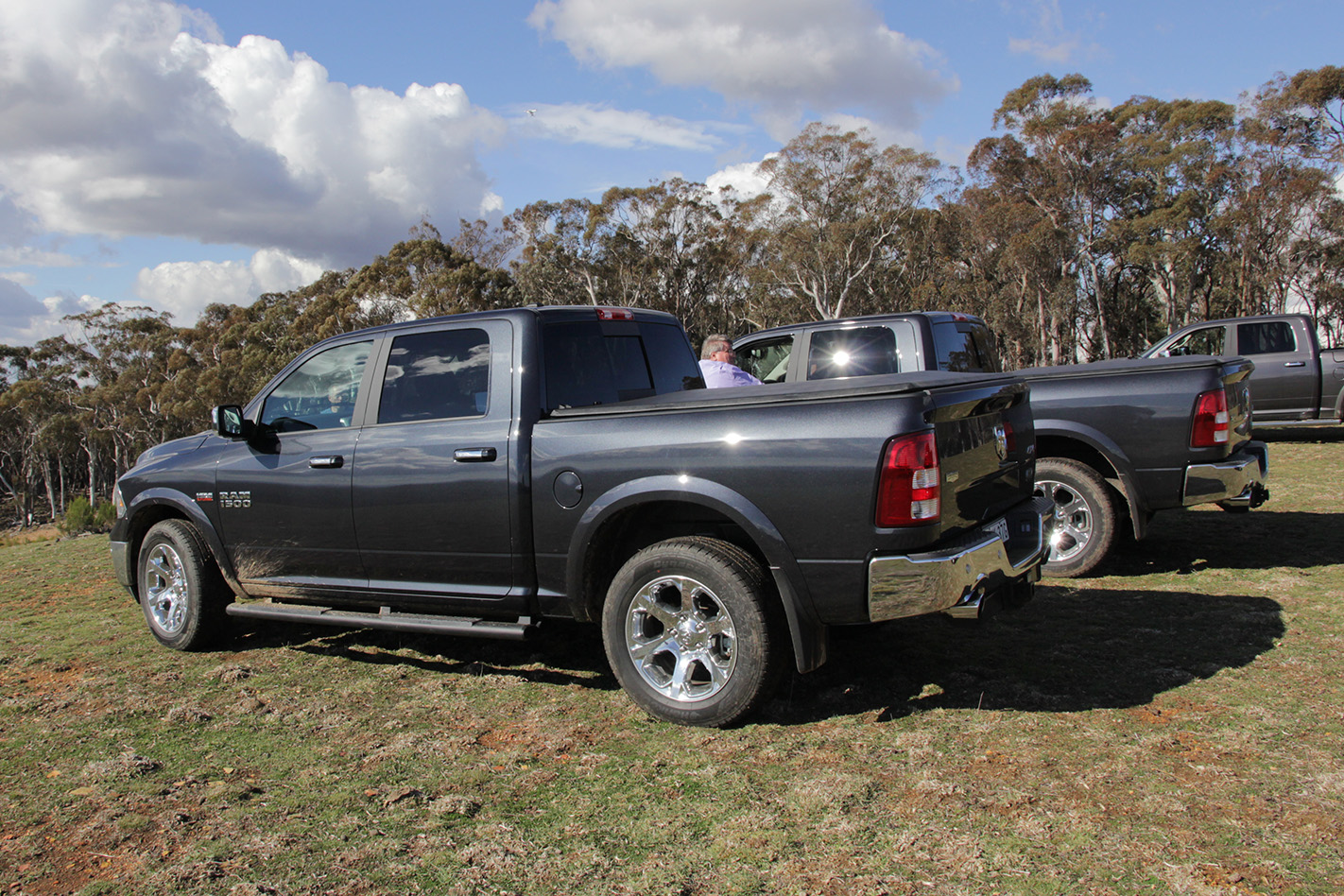
It’s easy to get comfortable in the Laramie’s very adjustable leather-clad driver’s seat, along with adjustable pedals and a height-adjustable steering column. For a large, aerodynamically challenged vehicle with a V8 engine on 20-inch wheels, the low level of cabin noise is surprising and the ride quite compliant, even on the potholed and corrugated roads on test. The lack of any detectable rattles from the dashboard is evidence of the quality of the right-hand-drive conversion. The only real gripe is the floor-mounted park brake, which is cumbersome to apply.
ON THE ROAD
The shove in the back offered by the 1500’s 291kW, 5.7-litre Hemi will make you smile, as will its raucous V8 bark. Ram doesn’t publish official performance figures, but we heard whispers of 0-100km/h times in the high-sevens – comparable to the class-leading Volkswagen Amarok V6. The engine is well-matched to an eight-speed automatic transmission, and a four-wheel-drive system with four modes, easily selectable via buttons on the dash.
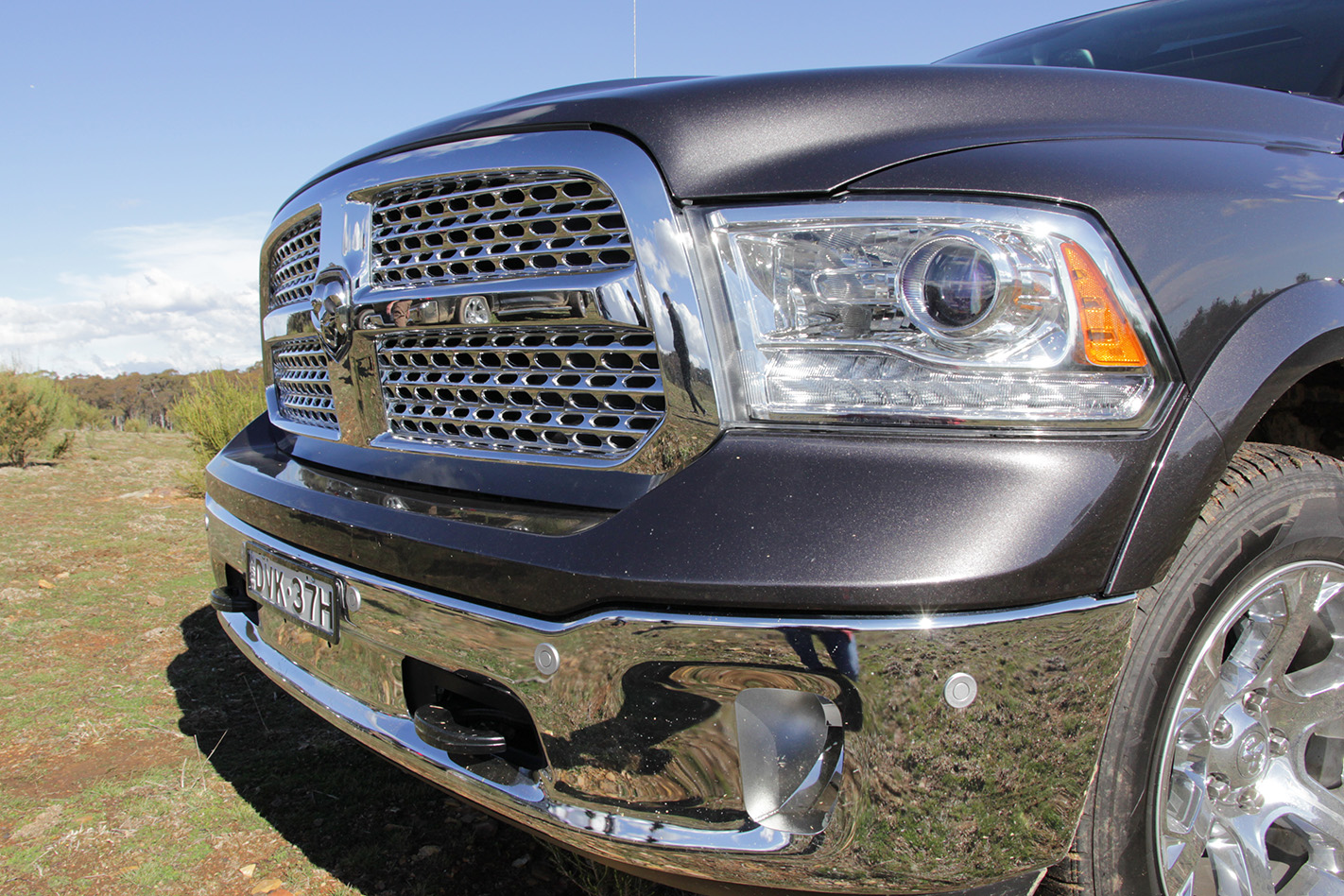
The Ram features a multi-link, coil-sprung rear suspension system as opposed to a more typical leaf-sprung setup, and it shines on rough country B-roads, where the Ram handled bends with more composure than you’d expect of a vehicle with a 2650kg kerb weight. We’d be interested to sample it with a load in the back.
With its extra heft and longer wheelbase, the 1500 won’t match a ‘traditional’ dual-cab off the road, however it’s capable enough to do what the majority of buyers will ask of it.
VERDICT
I’m glad the Ram 1500 Laramie is here. It’s a welcome addition to the Australian ute landscape, and while I love the Hemi V8, the three-litre diesel V6 will only serve to broaden the 1500’s appeal when it arrives later this year.



